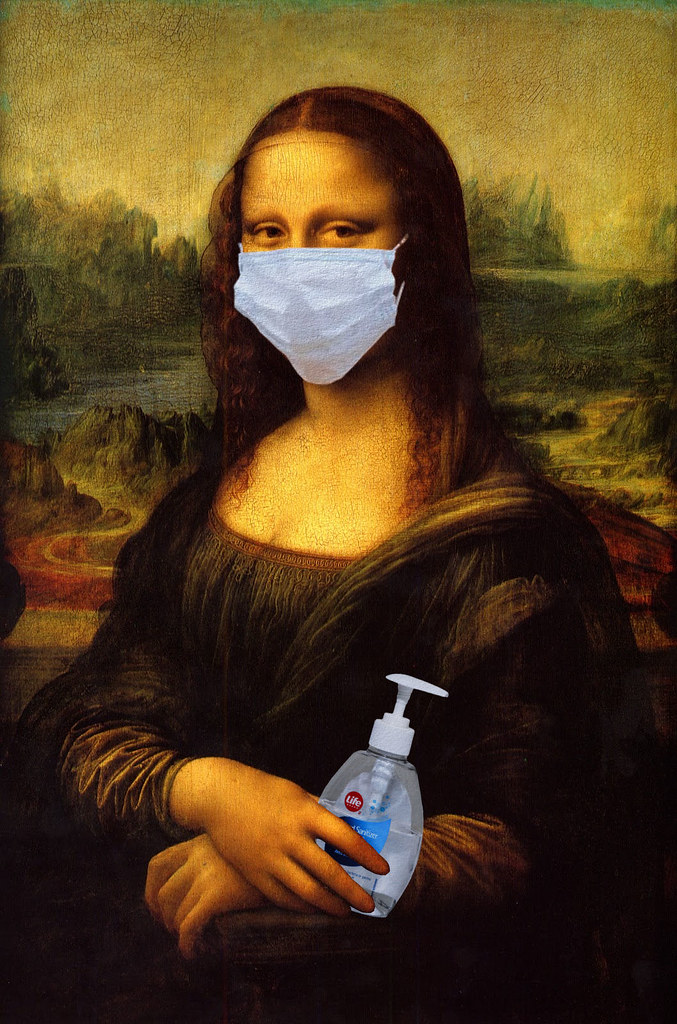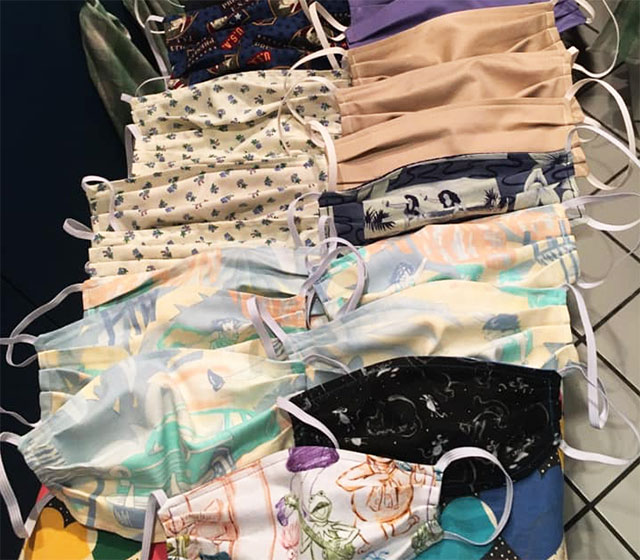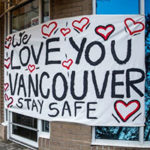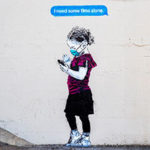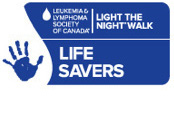As Canada’s health officials continue to advise proper use and disposal of face masks, we are finding more and more citizens around Vancouver wearing them than ever before. It was originally thought that wearing a mask serves no purpose to those trying to avoid contracting COVID-19.
Previously, according to the World Health Organization (WHO), you only need to wear a mask when caring for a person with suspected COVID-19 infection or if you’re coughing or sneezing. The site also adds the following steps to take:
– Before putting on a mask, clean hands with alcohol-based hand rub or soap and water.
– Cover mouth and nose with mask; ensure there are no gaps between your face and the mask.
– Avoid touching the mask while using it; if you do, clean your hands with alcohol-based hand sanitizer or soap and water.
– Replace the mask with a new one as soon as it becomes damp.
– Do not re-use single-use masks.
– Remove a mask from behind (do not touch the front), discard immediately in a closed bin and wash hands with alcohol-based hand sanitizer or soap and water.

[Photo by NurseTogether.com on Flickr]
Asian countries are no strangers to wearing face masks in public. Last year when I was in Shanghai, I saw a noticeable amount of Shanghainese out and about with them on despite the lack of a notable virus.
It’s common courtesy there to wear masks to protect others from catching germs. I’m curious to see whether North Americans will adopt this practice once restrictions are loosened.
A few weeks back, the #Masks4All movement got underway and lots of folks with sewing machines began making their own at home. There’s a ton of how-to videos out there, driving home the point that wearing one in public can actually protect both ways— “I protect you, you protect me”.
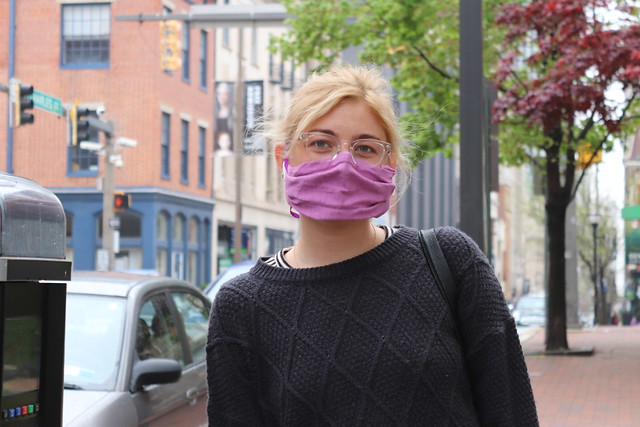
[Photo by Elvert Barnes on Flickr]
The video above led to the WHO changing its position about wearing face masks. The video’s recommendation to wear a mask is now officially in alignment with that of the organization’s.
Hawaii’s Waiawa Correctional Facility inmates recently began sewing thousands of cloth face masks, keeping them occupied (and giving them a new skill) while providing close to 1,500 masks a day to help protect everyone in the department’s corrections, law enforcement and administrative divisions with at least two masks each.
Closer to home, my friend Sheri Radford has been sewing up hundreds of homemade masks, giving extra, unwanted fabric a new home while saving the supply of medically-graded masks for frontline workers.
What’s your view on wearing masks if you’re not contagious? Have you been making your own masks at home? If so, we’d love to see them!
Mona Lisa image by Ian Burt on Flickr.
